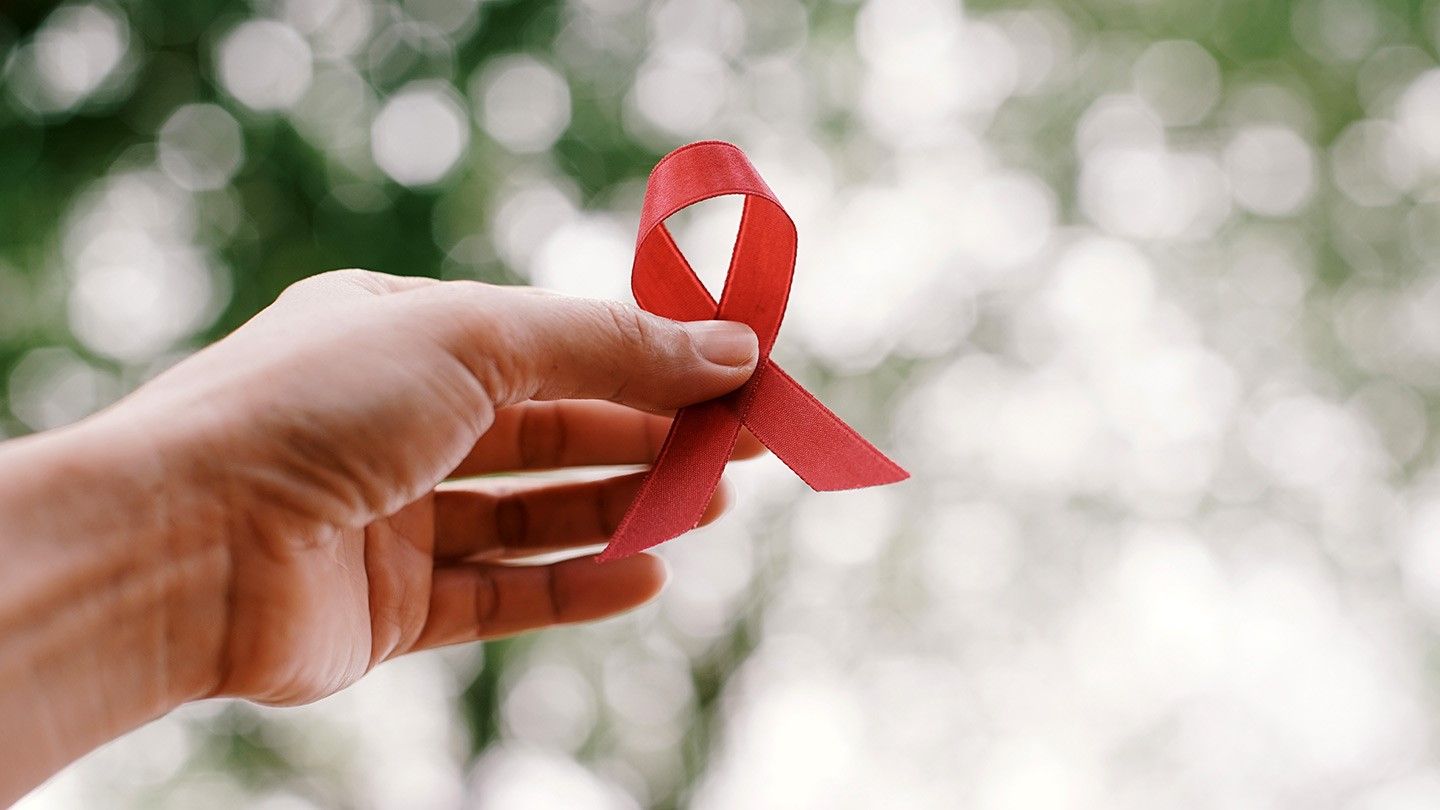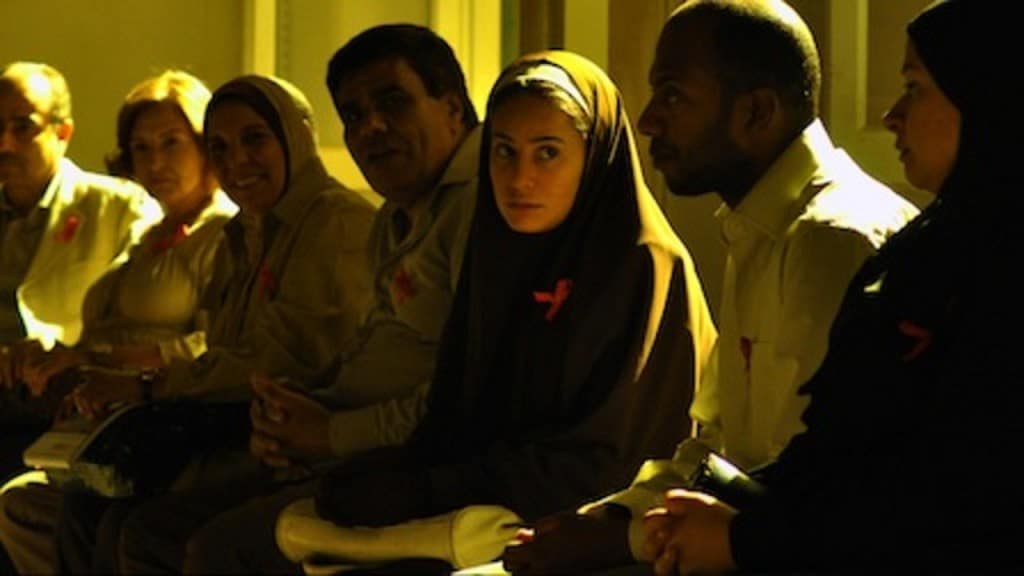Dealing with information about health and diseases communicated through the various means of media constitutes a real threat to our society. Many diseases, whether rare or well-known, have been tackled in movies, documentaries, TV series, and advertisements, becoming one of the most common themes in media as it touches people directly, either positively or negatively! As a result, certain images about many diseases, their symptoms and risks have been engraved in audiences’ minds regardless of their accuracy.
Media campaigns have tackled various diseases with the aim of spreading awareness; some of which, however, have just casted fear in the hearts of many audiences. What is worse, media has neglected those who are living already with the disease and who, as a result, suffer from discrimination and frustration, and may even lose hope.
One of those diseases that have been tackled negatively in media over the past thirty years is HIV/AIDS. Many people have become familiar with the name and the methods of its transfer, which the media has focused on, without knowing much about the illness itself.
The Human Immunodeficiency Virus (HIV) is a retrovirus that infects cells of the immune system, destroying or impairing their function. As the infection progresses, the immune system becomes weaker, and the person becomes more susceptible to infections. The most advanced stage of HIV infection is Acquired Immunodeficiency Syndrome (AIDS). It can take 10–15 years for an HIV-infected person to develop AIDS; antiretroviral drugs can slow down the process even further.
HIV/AIDS is transmitted when the fluids from the body of a healthy person mix with those of someone infected; for example through the transfusion of contaminated blood, sharing of contaminated needles, and between a mother and her infant during pregnancy and breastfeeding. The virus cannot be caught like the flu, and is not transmitted just by touching or being near someone infected.

For many years, media propagated misinformation and portrayed biased views about those living with the disease. In the late 1980s and early 1990s, there were advertisements on the Egyptian TV to raise people’s awareness about AIDS; however, those TV ads tended to scare people rather than educate them, to the extent that even after reading more about the disease, you still feel worried to shake hands with those who live with the virus, as described by Tarek Amr, an Egyptian blogger.
Media tended to judge those infected with HIV/AIDS both morally and religiously, and to portray their illness as more or less a divine punishment. In early movies about the virus, they inclined to display total ignorance about the facts of the disease, and to play on fear; such as in the movies Love in Taba (1992) and Disco Disco (1994).
Consequently, the society started to view those living with HIV/AIDS as sinners who deserve their disease, and viewing them as contagious and avoiding them in any way, which becomes the reason they die more than anything else. The culture has become so intolerant to the extent that the stigma exists even among those living with the virus themselves.
In 2011, the movie Asmaa tried to break down the misconceptions. The movie is a pioneering attempt to change people’s attitudes and help lift the stigma associated with HIV/AIDS. Amr Salama, script writer and director of Asmaa, tried to give the virus a human face and eliminate people’s fear of the virus, as described by UNAIDS Country Coordinator, Egypt.
The movie is based on a true story of a middle-aged Egyptian woman living with HIV. It narrates the story of Asmaa who lives with her father and daughter in a poor Cairo suburb. She needs a simple operation on her gall bladder to save her life, but doctors refuse to treat her because she is HIV-positive.
In a world where AIDS is stigmatised, Asmaa joins an HIV/AIDS support group until the day she is approached by Mohsen Elsisi, a TV presenter, who urges Asmaa to fight her illness and the ignorance of society. Torn between her desire to live and her dread of disclosing her secret to her daughter and a judgmental society, Asmaa is adamant that, in principle, she will not disclose how she caught the disease saying that everyone has a right to be treated.
The AIDS stigma, and that of many other diseases, is media-made and we need to approach it with a new form of media, non-judgmental and not clichéd. Asmaa does a highly commendable job of portraying such a sensitive subject in such a compassionate and dignified way. So, while we may not have a cure for AIDS and other diseases, we can change the culture of how those living with diseases are perceived, and this is the media’s true message.

References
www.who.int
medisnetwork.net
www.cairo360.com
www.childrennow.org
uncut.indexoncensorship.org